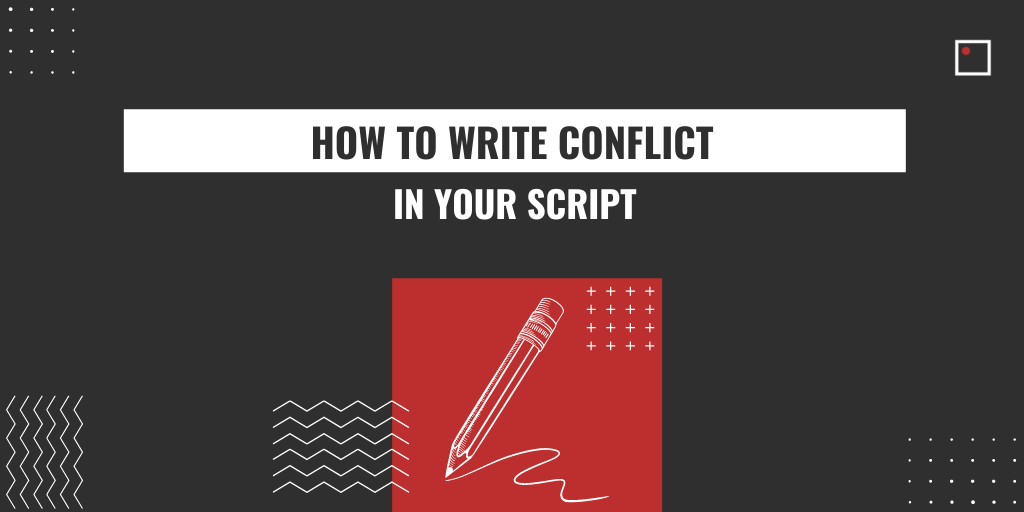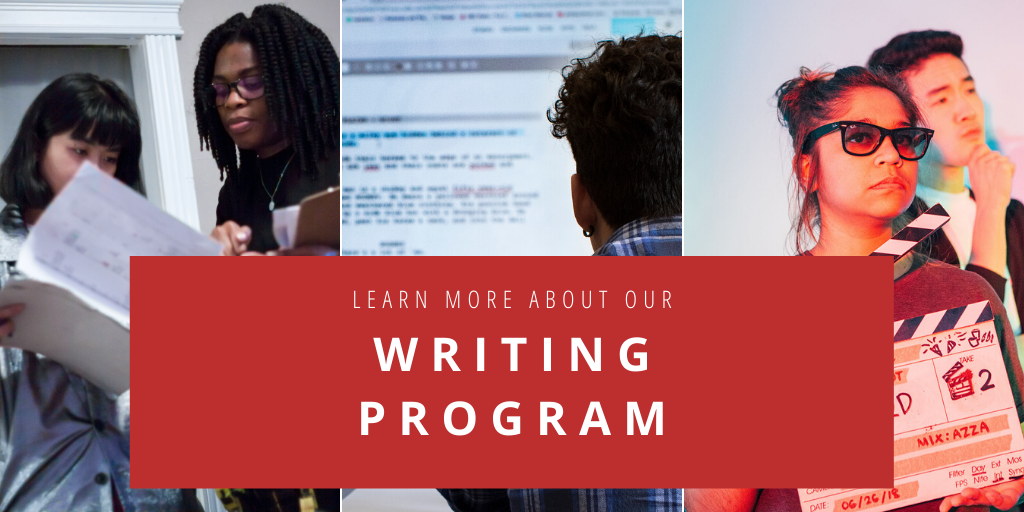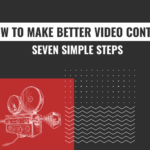HOW TO WRITE CONFLICT

Written by Mark Shelling
Why don’t we ever care much about the characters in disaster movies? By any estimation, they’re dealing with a conflict that has the absolute highest stakes. Because these characters aren’t always well defined, an audience won’t invest in their survival. This can cause a movie’s sense of conflict to be dead in the water. Characters must make decisions with repercussions and learn from mistakes.
Conflict is anything that will push against your hero, preventing them from getting what they want or need. Just like clearly defined characters, for a story to be successful, it needs a well-identified conflict. Something that will test your character’s limits and ultimately, teach them something at the end of the film.
Conflict can be broken down into two categories: internal and external.
INTERNAL CONFLICT
Whether it be trying to conquer writer’s block, being torn about doing the right thing, or struggling with an addiction, internal conflict sees the character face a struggle within themselves.
In the film Locke, Tom Hardy’s character is conflicted about how to tell his family that he’s fathered a child with another woman. This all happens on the eve of his new child’s birth as he drives alone on the highway. Because he’s coming to terms with his own actions, this is an internal conflict.
On paper, this concept must’ve seemed absurd, to have its star basically sitting alone on the phone for an entire movie. However, because both the hero and conflict are so well defined, the film is able to sustain its unusual premise.
Portraying internal conflict can be tough, especially for an actor; that’s why it’s essential to have moments where the hero is shown making more than one attempt at tackling an issue. This will not only give more weight to what the conflict is, but also how the hero thinks.
Watch how Hardy’s character begins to realize the impossible task of telling his family about the situation:
As an exercise, put yourself in the shoes of your character. Pick a scene where they have to make an important choice. List the reasons why they SHOULD make the choice. Also list the reasons they SHOULDN’T make the choice. Write down all the things that could transpire if they do or do not. How will those repercussions can affect the character?
Remember, we, as human beings, face internal conflict every day. Snoozing your morning alarm or talking to that cute person who smirked at you on the sidewalk. Engaging or dismissing what’s in front of you will affect your day, no matter what you choose. As a writer, it’s up to you to raise the stakes, and give your characters choices that will both break them and have them come out on top. Let them make the mistake, learn from it, then overcome their internal struggle.

Click here to learn more about InFocus Film School’s Writing for Film and Television Program!
EXTERNAL CONFLICT
External conflict comes from anything outside of the character that challenges them. Think of Rocky, Jaws, or any sports movie. This is much more common in mainstream films because it’s much easier to define good versus evil as opposed to a character versus themselves.
When Marty Mcfly can’t get the DeLorean started at the end of Back to the Future, the stakes of his external conflict couldn’t be higher. If he doesn’t turn the ignition, history will change, and he won’t be born. Although the engine not turning is a massive cliche, the film’s conflict and characters are so well tied to each other, that we as an audience fall for it.
Conflict should act like a character itself. Circumstances change, things get worse, somebody doesn’t show up for work. If you’re not sure if your conflict is strong enough to hold an audience’s attention, try introducing some random bad luck. An audience will always believe it if a character’s house burns down, but have that character win the lottery, and suddenly nobody buys it.
Watch how Robert Zemeckis uses a string of things going wrong to amp up the conflict tension:
What both of these examples do well is that they break their conflict down to a character level. No matter how big the issue is, we need to be able to understand how it relates to our hero.





